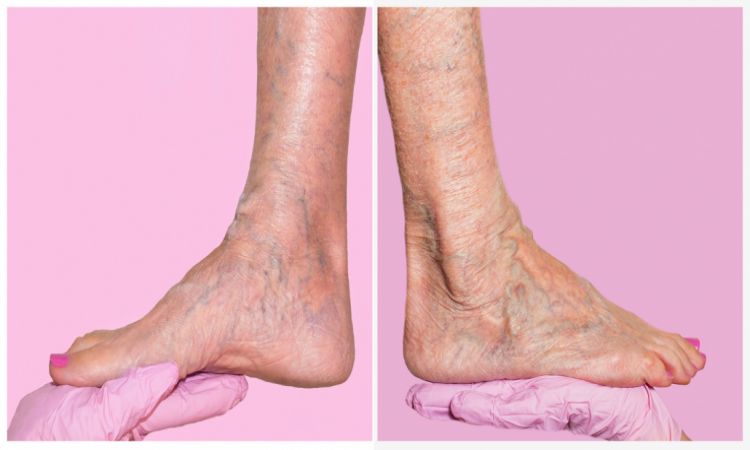 The three main reasons patients visit a vein doctor, or vascular surgeon are leg pain, leg swelling, and discoloration of the extremities.
The three main reasons patients visit a vein doctor, or vascular surgeon are leg pain, leg swelling, and discoloration of the extremities.
Deep vein thrombosis (DVT) is a blood clot that usually forms in the thigh and pelvis areas and may break off into the bloodstream to cause trouble elsewhere; doctors call these clots “emboli.”
An embolus can lodge in the lung and cause shortness of breath, pain, and congestion (a blood clot should never enter your lungs).
Here is a list of the best treatments experts in a reputed vein treatment center use for deep venous disease:
1. Ultrasound-Guided Sclerotherapy Treatment
Usually, doctors use ultrasound to help guide sclerosant injection (a solution that irritates and destroys unwanted veins) into small or medium-sized varicose veins.
Ultrasound energy is used during the procedure because it allows for real-time blood flow imaging in the vessels before, during, and after injections are performed.
A local anesthetic makes the patient as comfortable as possible.
2. Radiofrequency Ablation Treatment for Leg Veins
Unlike sclerotherapy, experts perform ablation treatments with thermal energy. A probe with a small needle tip is inserted into the vein and heated to close off the vessel.
The doctor often repeats treatment options until all of the problematic veins are healthy. Some doctors use radio waves or heat from another device that emits energy into the blood vessel to shrink it.
3. Endovenous Laser Treatment
Sometimes, doctors use a special laser to treat varicose veins and eliminate blood clots in the legs before they become a medical emergency.
An endovenous laser uses heat from light energy emitted by a laser to destroy the vein. This procedure is often used for varicose veins and smaller blood clots in the legs because ELT is minimally invasive and does not require incisions or general anesthesia.
There are two types of endovenous laser surgery used to treat the deep veins in the legs: traditional surgery and laser-assisted surgery.
During traditional endovenous surgery, doctors will make one or more small incisions in the affected area before inserting a thin scope with a camera into the leg.
4. Microphlebectomy
Microphlebectomy is a procedure in which a surgeon inserts a small blade into the vein to lift and remove the inner lining of that vein, then cauterizes it.
Usually, when performed for smaller varicose veins, there is no need for stitches. Patients will experience some post-operative pain and swelling after microphlebectomy.
5. Surgical Stripping of Leg Veins
Doctors use a small surgical knife to cut away the diseased leg veins from the inside of the foot to the groin, where it joins with another vein.
Afterward, the surgeon uses surgical strips or stitches to close off these veins near their entry in more prominent veins so they cannot cause trouble in the future. Patients will require a general anesthetic during the surgery.
Which Treatment to Choose?
The best treatment depends on the severity of your condition and what you want out of it. Generally, patients with varicose veins usually opt for sclerotherapy because it is simple and effective.
A reputed Vein treatment center will offer various treatments for leg problems, including varicose veins, spider veins, deep vein thrombosis (DVT), chronic venous insufficiency (CVI), and cellulite.




